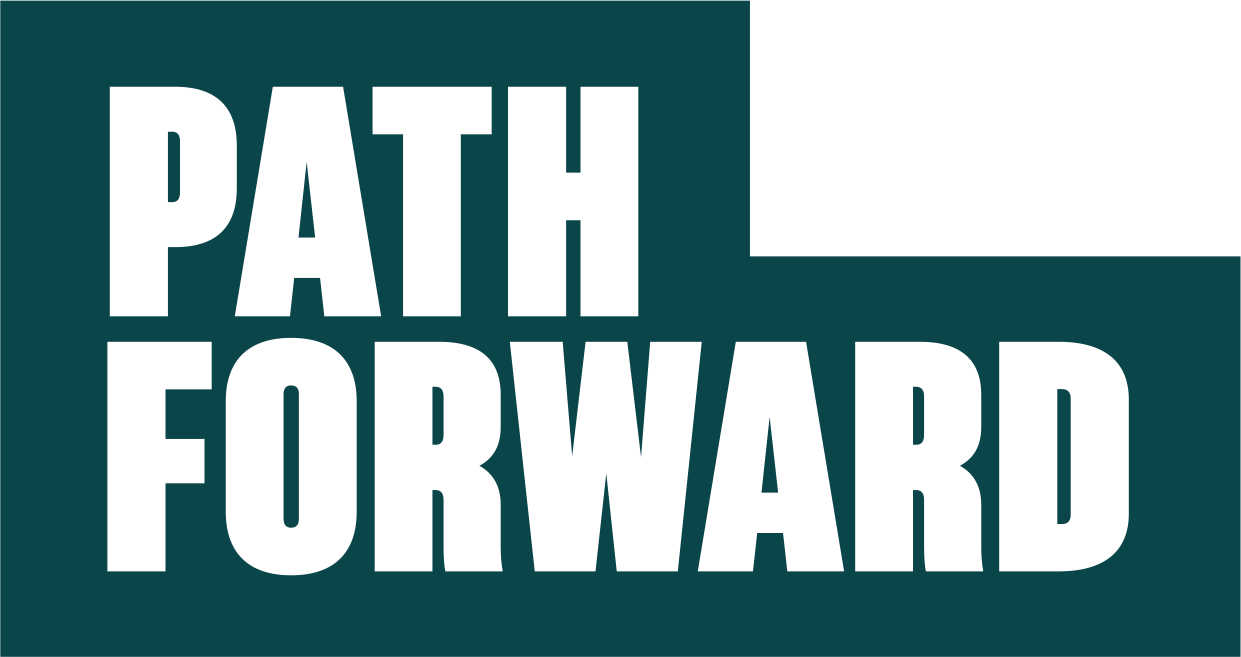Controlling people vs controlling systems and processes
One of the primary reasons companies have resisted work-at-home arrangements for their employees is their fear of losing control of the behaviors, actions, and choices of their employees.
Of course, we need to have many things to control in our business if we are to be successful. We need to design systems and processes that produce predictable outcomes carefully, and we need to control quality and costs and cash flow, and any number of other things. But controlling these things is different from controlling people. Because some of us don’t understand the difference, we bring people into a structured space daily where their movements and actions can be observed. All of this is done, even if unintentionally, in a spirit of distrust.
At the moment, we have millions of people working from home, and yes, we have less control over the comings and goings and habits of these people. We can react to this with fear, or we can welcome this new reality and the possibility it creates for the development of more motivation and more productivity.
What is it that gets people to work effectively?
It’s a lot of things – but the feeling of being controlled by others certainly isn’t one of them.
I believe that many 8-hour workdays are built as much around the goal of “being seen as productive” as they are on “being productive.” In the home office environment, it’s essential to recognize that this liberation from being watched will, with most employees, result in higher productivity and greater motivation.
Working at home rewards productivity more than a controlled office space, partly because the employee is focused on the job at hand and less on the clock. That is unless you find other, nefarious ways of ensuring they’re still working, like texting them or checking whether or not they’re logged in.
I suggest those of you who crave control may hate this new freedom that many of you have been forced to provide to your employees. Put your focus on productivity and let go of the need to see who’s doing what, and when.
Employees generally like being treated like grownups. And working from home in a productive and disciplined way is a very grownup thing to do. Some employees will need help organizing themselves and setting goals, and maybe some of them prefer you hovering over them and watching their every move. But I doubt it.
Embrace this new reality – it’s probably not going away!
In the end, for many jobs, we’ll see a hybrid approach – having office hours for particular requirements, for in-person meetings, or for interviews.
But any work that can be done in an office without a specific need for non-technologically-enabled interaction can be done as well – or better – from home.
